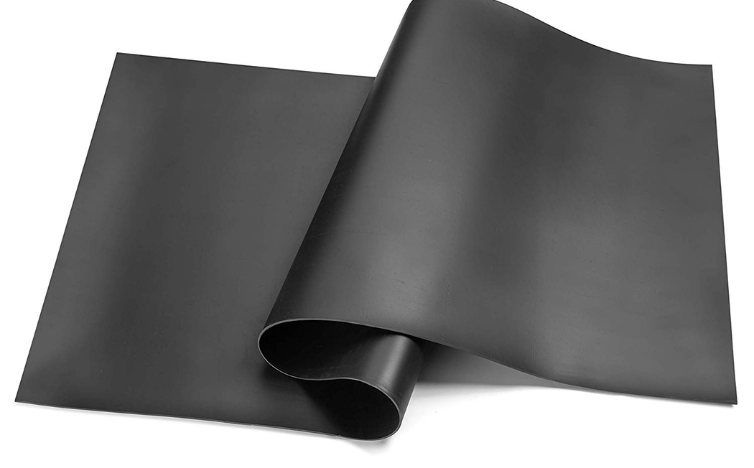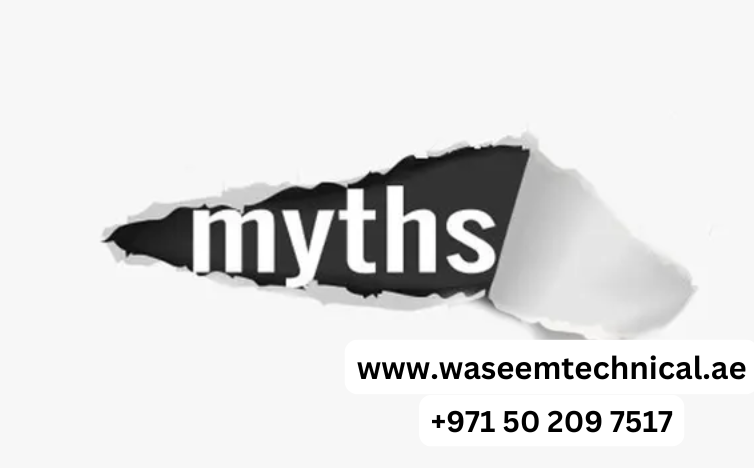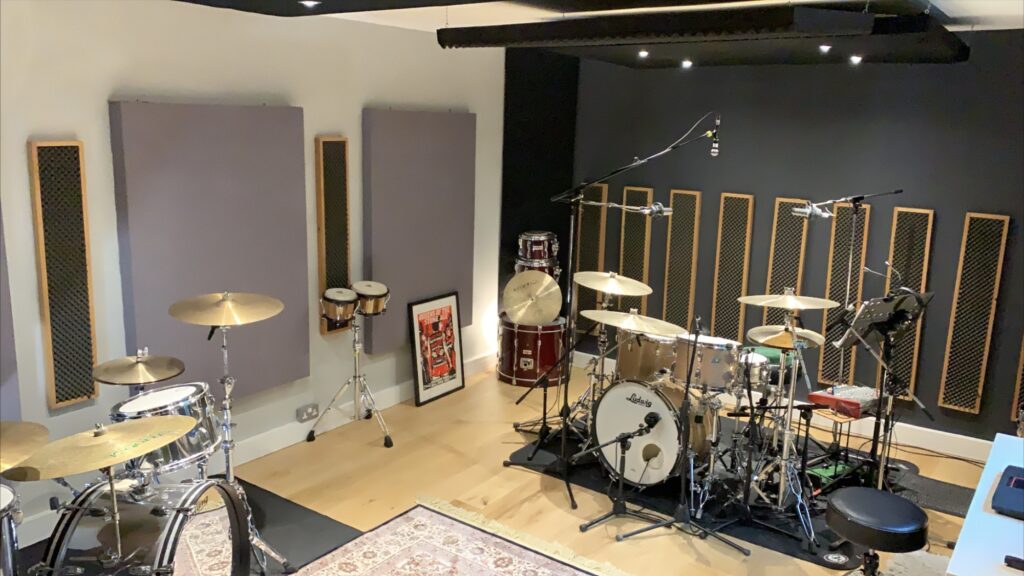Mass Loaded Vinyl (MLV) is a popular soundproofing material, but misinformation often leads to confusion about its effectiveness. This article clarifies common Mass Loaded Vinyl myths and provides accurate facts about MLV.
Myth 1: MLV Blocks All Noise Completely
Reality: While MLV is excellent at reducing airborne noise (voices, TV sounds), it doesn’t eliminate impact noise (footsteps, vibrations). For full soundproofing, combine MLV with decoupling techniques like resilient channels or acoustic underlayments.
Myth 2: Thicker MLV Always Performs Better
Reality: MLV’s effectiveness depends on density, not just thickness. A high-density 1 lb/sq ft MLV can outperform a thicker but less dense alternative. Always check the material’s STC (Sound Transmission Class) rating for accurate performance.

Myth 3: MLV Is Toxic and Harmful
Reality: Modern MLV is typically made with calcium silicate or barium sulfate instead of lead, making it safe for residential use. Always verify that the product is VOC-free and compliant with building regulations.
Myth 4: MLV Can Be Installed Anywhere Without Preparation
Reality: Proper installation is key—MLV must be sealed tightly with overlapping seams and no gaps. It works best when paired with other soundproofing methods like drywall, green glue, or insulation.
Myth 5: MLV Is Only for Walls
Reality: MLV is versatile and can be used in:
- Floors (under carpets or hardwood)
- Ceilings (between drywall layers)
- Automotive soundproofing (doors, trunks)
- HVAC systems (to reduce duct noise)
Call us: Contact Waseem Technical Soundproofing Expert in Dubai For Soundproofing: +971 50 209 7517
Conclusion
Mass Loaded Vinyl is a powerful soundproofing tool, but misconceptions can lead to improper use. Understanding its limitations and correct applications ensures optimal noise reduction.




